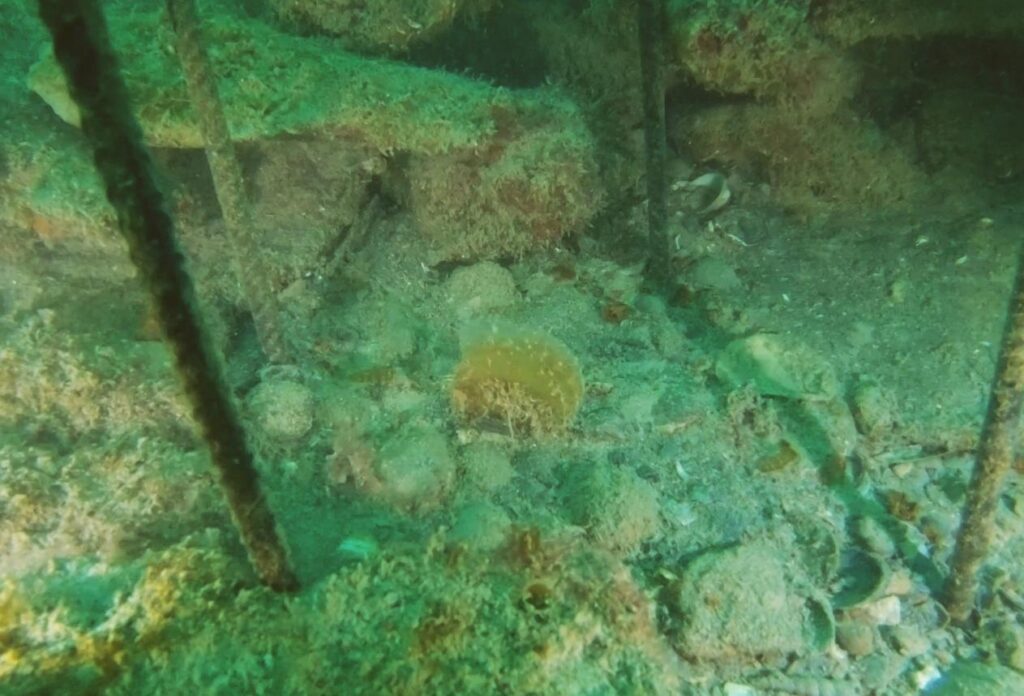A first experimental intervention to repopulate the species of community interest Pinna nobilis was conducted at the Marine Oasis and Natura 2000 site of the tegnùe in Caorle (Venice). The activities were carried out by CNR-ISMAR in collaboration with the Municipality of Caorle and the Caorle Divers Group, as part of the INTERREG IT-SI TRECap project.
Pinna nobilis, known as nacchera or palostrega, is an endemic Mediterranean species, protected by national and international regulations. Among the largest bivalves in the world, it can exceed one meter in length and 20 years of age, and plays an important ecological role, promoting biodiversity and ecosystem functionality. As of 2016, the species has been affected by a major emergency: massive mortality events have decimated populations and threatened the very survival of the species. The outbreak has been associated with the presence of several pathogens, most notably the protozoan Haplosporidium pinnae.
The Interreg Italy – Slovenia TRECap project includes among its objectives the development and testing of shared North Adriatic scale protocols for the protection and restoration of Pinna nobilis populations. To this end, captators for the settlement of planktonic larvae of the species were installed at several marine sites in the North Adriatic. Several juvenile specimens collected in early 2024 were then maintained in enclosures at the CNR’s Acqua Alta oceanographic platform off Venice until they reached a suitable size. Following authorization from the Ministry of the Environment and Energy Security and a positive opinion from the Veneto Region, in early February 2025 the CNR-ISMAR underwater team conducted the replanting of the three surviving specimens at the biogenic outcrops of Caorle, locally known as tegnùe, which due to their naturalistic value have been included in the Natura 2000 network under the Habitats Directive (ZSC Tegnùe di Porto Falconera – IT3250048). The activities were carried out in collaboration with the CNR-IGG of Padua, the Municipality of Caorle and the Caorle Divers Group. Preliminarily, as directed by MISE, tests conducted by the University of Trieste – Department of Life Sciences verified its negativity to the pathogen Haplosporidium pinnae.
About 2 months later, the three small implanted Pinna nobilis are doing well and already showing signs of growth. In the coming months, this first small nucleus will be closely monitored, including through innovative photogrammetric approaches.
This experimental action is intended to contribute to the development of restocking protocols and programs for the protection and recovery of Pinna nobilis in the Upper Adriatic Sea.
Project information:
The activity was carried out within the framework of the INTERREG IT-SI project TRECap – “TREzze, tegnue marine environments of the upper Adriatic Sea: Capitalization” (Interreg VI-A Italy-Slovenia Program 2021-2027).
Contact info:
Marco Sigovini, CNR-ISMAR Venezia
marco.sigovini@cnr.it


